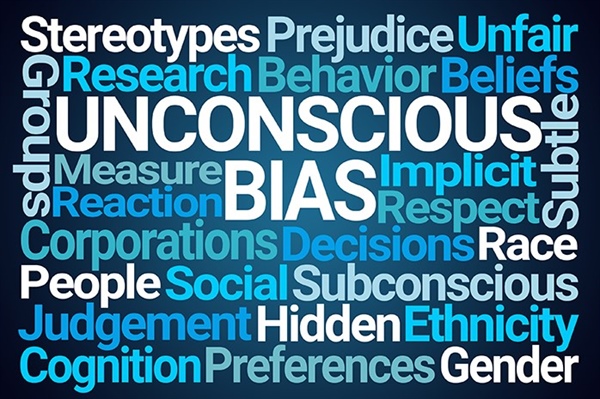
By Heather Nezich, courtesy of SBAM Approved Partner ASE
Implicit bias refers to the attitudes or stereotypes that affect our understanding, actions, and decisions in an unconscious manner. It sets people up to overgeneralize, sometimes leading to discrimination even when people feel they are being fair. Since implicit bias is unconscious, how do you identify it?
According to Scientific American, field experiments have demonstrated that real-world discrimination exists and is widespread. White applicants get about 50% more call-backs than black applicants with the same resumes; college professors are 26% more likely to respond to a student’s email when it is signed by Brad rather than Lamar; and physicians recommend less pain medication for black patients than white patients with the same injury. Many of these are likely due to implicit bias.
Employers need to be aware that implicit bias exists. But because it’s unconscious, it can be hard to recognize. Below are three tips from SHRM on how to handle the possibility of implicit bias in your organization:
- Educate, Don’t Evaluate – Assessments to identify bias, such as the Harvard Implicit Association Test, are not recommended since the results could be used against you in a law suit. Instead, share data from studies with management so that they realize that implicit bias does exist and will be more likely to recognize it within themselves or others.
- Promote Self-Aware Decision Making – With self-awareness, a manager should be able to more easily identify when they might be experiencing implicit bias. It will allow to identify why they might be having an immediate negative or positive reaction to a job candidate. With self-awareness training, they will be able to step back and ask themselves why a candidate is making them feel a certain way to discover it’s related to an unconscious bias or a legitimate reason.
- Implement Systemic Safeguards – There are processes that can be put in place to help reduce implicit bias which include:
- Remove names and addresses from resumes when passing along through management. Studies have shown that, without this unnecessary information, women, people of color, and individuals of different ancestries are less likely to be screened out.
- Use the same interview questions for all candidates. This will prevent different questions from being asked based upon their race, gender, or other qualities.
- Encourage decision makers to describe an applicant based on observable behaviors rather than labels. Give them phrases to choose from. Doing so will help them focus on behavioral qualities and reduce the chance of them writing down words that could suggest bias.
Implicit bias will likely never go away completely since we all have different experiences that will influence how we see the world, but with education, awareness, and training it can be reduced in the workplace which will in the end create a more diverse workforce.